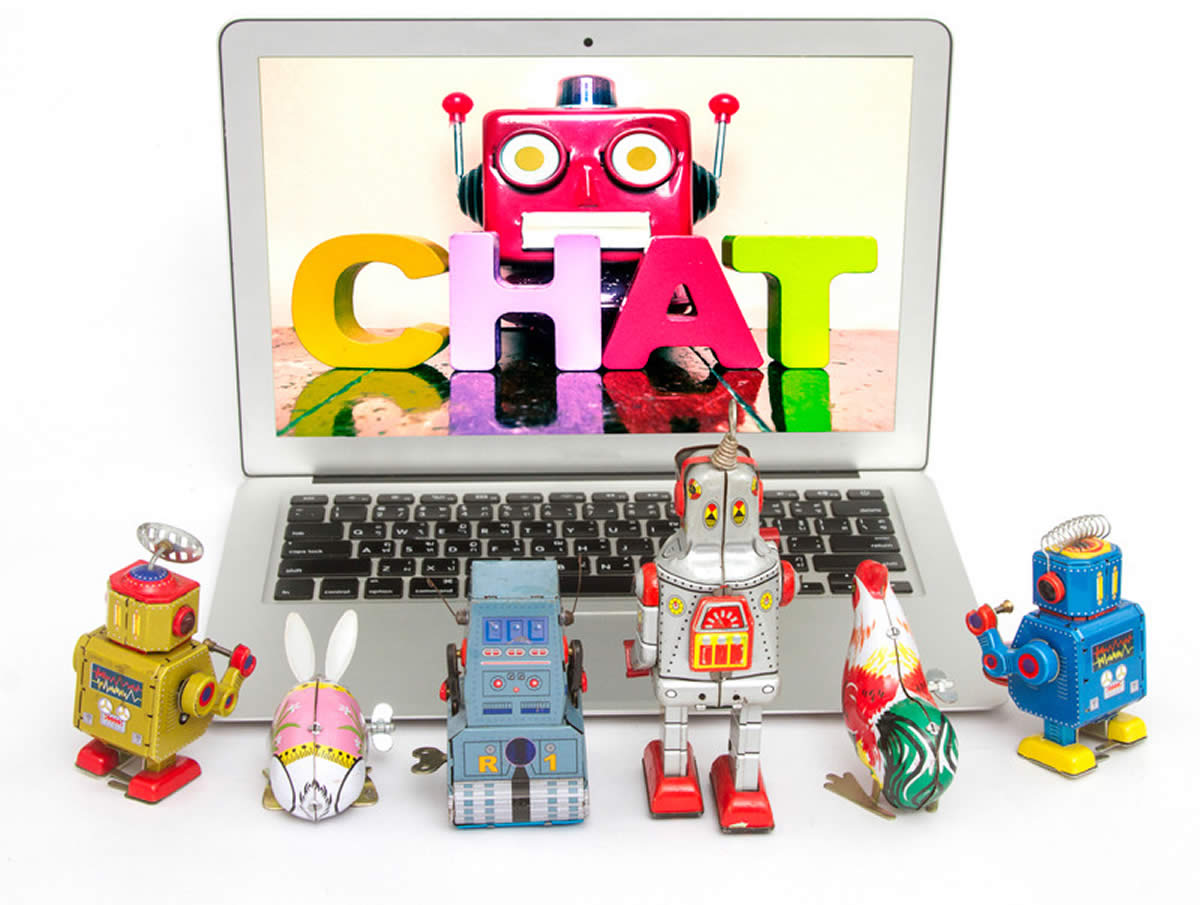
Like flying cars and hoverboards, we were told chatbots would be everywhere by now. As voice still accounts for the majority of customer interactions Nick Ray, VP Products at Infinity CCS, separates the reality from the hype.
For the last five years, technology vendors have been hyping up artificial intelligence. In some areas of business, it is true that algorithms are taking over. In sectors including financial services, online streaming, music distribution, retail and e-commerce, AI is helping to make products and services better for customers and more profitable for sellers and providers.
Where automation is having less of an impact is on business functions and job roles that feature human interactions. This includes the customer service and contact centre sector, despite the promise of chatbots and other self-service technologies.
Hype vs reality
In 2011, Gartner predicted that by 2020 up to 85% of customer interactions would be managed with no human involvement. They weren’t just talking about chatbots, but included online shopping, automated check outs, FAQs and other forms of self-service. With just over a year to go until the turn of the decade, it still seems a bold forecast.
More recently, in February 2018, the same analysts made another prediction: that 25% of customer service operations would integrate virtual customer assistant (VCA) and chatbot technology by 2020. That would be up from just 2% in 2017.
There is no doubt that any number of companies are using VCAs and chatbots, and in some innovative ways. Autodesk reportedly cut resolution times for tier 1 technical support enquiries from 38 hours to just 5 minutes using IBM’s Watson Conversation platform. For now, however, success stories like this are few and far between.
While around half of organisations claim to have invested in VCA technology, only a small fraction have deployed programmes in any meaningful way that is integrated with the rest of the customer contact suite or at scale.
Gimmicks like being able to order a pizza in a chat-like interface on Messenger do not make for a customer experience revolution.
What’s the problem?
In areas such as product recommendations, data analytics and cybersecurity, AI is having a transformational effect. What these fields have in common is the availability of lots of structured data, and machine intelligence is a lot better than human intelligence at doing deep analysis on this kind of information.
Human interactions are a completely different paradigm. Customer experience teams and contact centres have lots of data, but beyond transactional data it’s mostly ad-hoc and unstructured, which means cataloguing it and making links between it to tease out trends and knowledge is much more difficult.
It is their limited ability to work with unstructured data, and the remaining imperfections in speech recognition and natural language processing software, that holds VCAs and chatbots back from being able to truly understand the complexities of human interactions.
Therefore, chatbots are mostly used to give pre-programmed replies when customers raise specific issues. Anything that goes beyond that remit gets escalated to a human representative.
Meanwhile, there are huge gains to be had elsewhere
As chatbots get better and we use them more, they are likely to become culturally accepted and even expected. For now, however, a Hubspot study found that 57% of people would rather get help from a real person than an AI.
Fortunately, digital customer experience is not all about chatbots. It’s about using digital technologies and channels to attract and service customers anywhere in the digital world as quickly and efficiently as possible.
Ironically AI tools like automated sentiment analysis and speech analytics – which help understand customers’ emotions and subsequent behaviour based on their tone of voice and language used – are now seeing heavy adoption in contact centres and may have a greater impact on the bottom line than chatbots, at least in the short term.
Giving contact centre agents the right tools has the biggest impact
To deliver what customers want, it is important that the appropriate technology system, business process and customer transaction data are all available to an agent (or automated system) at the right time during a customer interaction.
Most processes can be broken down into simple steps, which means that with the right software, agents can be guided through these steps in a flexible manner. Instead of logging in to multiple systems, all the information and input screens the agent needs are presented to them in a single user interface.
This type of robust workflow results in faster, more accurate customer interactions, less hold time, fewer call backs, and no need to transfer customers between different teams.
In our experience companies deploying workflow solutions in their contact centres on average see a 20% boost in productivity.











